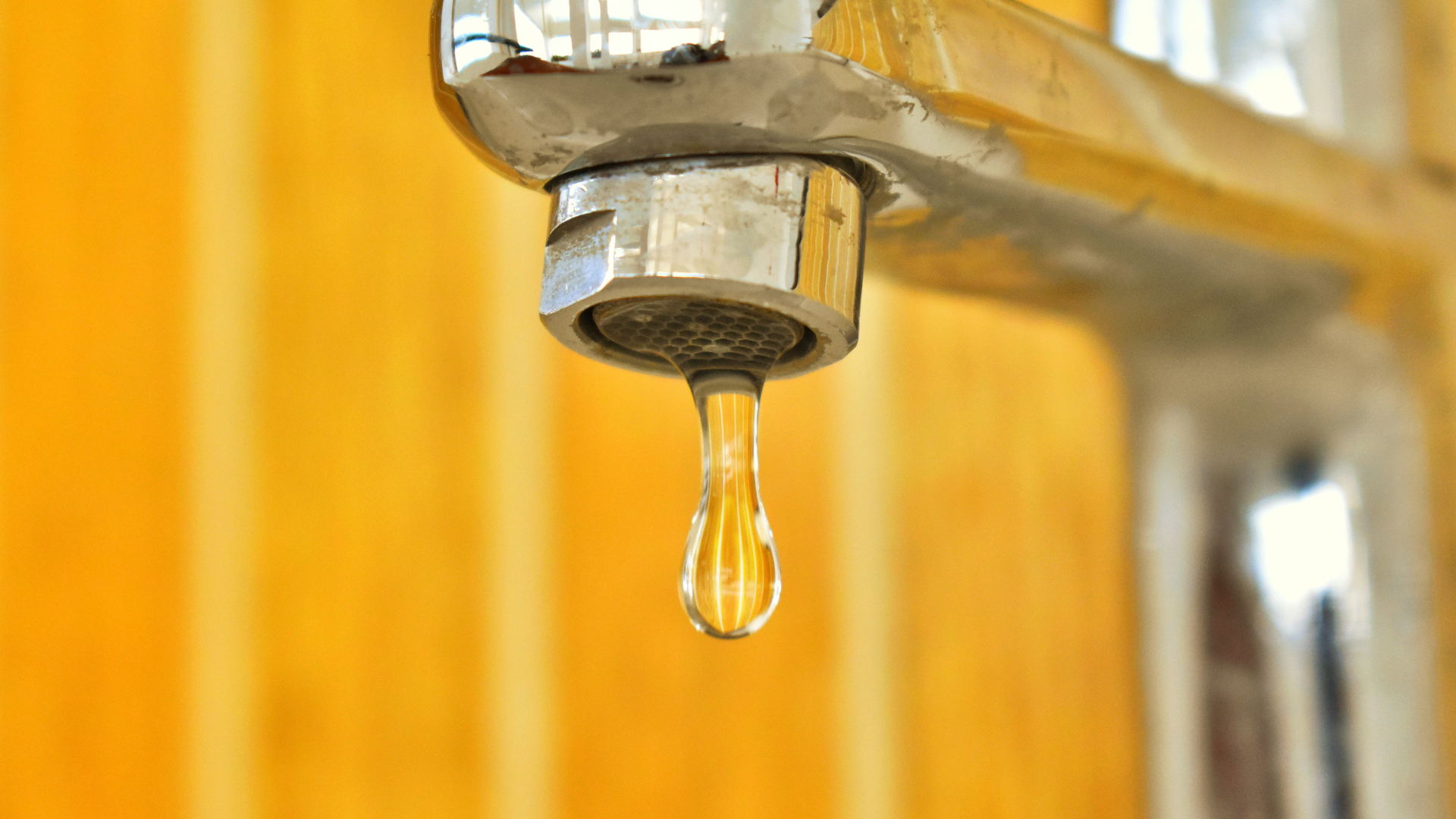A leaky tap may seem like a minor annoyance, but it can quickly become a source of frustration (and higher water bills). That constant drip is often a sign of an underlying problem—one that, if left unattended, can grow into a bigger issue. Understanding why your tap is leaking can help you pinpoint the right fix and keep things running smoothly. So, what exactly causes a tap to leak? Here’s a closer look at the ten most common culprits.
1. Worn Out Washers
Washers are one of the most common reasons for needing a leaking taps repair. Positioned inside the tap to create a seal, these little rubber discs press against the valve seat, stopping water flow when you turn the tap off. Over time, the friction wears them down, making them less effective. When they wear out, water can seep through, creating that tell-tale drip. Replacing a worn washer is a straightforward solution, but it’s essential to ensure you’ve picked the right size for your tap.
2. Damaged O-Ring
The O-ring, a small rubber ring that sits at the base of the tap handle, plays a significant role in preventing leaks. In cartridge or mixer taps, O-rings are especially crucial. Over time, O-rings can get damaged, hardened, or loosen due to constant use and exposure to minerals in water. When an O-ring is compromised, water can start leaking around the base of the tap handle. Replacing the O-ring is typically an easy task, often requiring nothing more than a standard tap repair kit.
3. Corroded Valve Seat
The valve seat is the connecting point between the tap and the spout, where water is either blocked or allowed to flow through. Made of metal, the valve seat is exposed to both water and air, which can lead to corrosion over time. When corrosion sets in, it can cause an uneven surface, preventing a proper seal and leading to leaks. Cleaning or replacing the valve seat is often necessary to address this issue, although it might require a plumber if it’s particularly damaged.
4. High Water Pressure
It may not be the first thing that comes to mind, but high water pressure can also be a sneaky cause of tap leaks. If your home’s water pressure is too high, it can put added stress on your plumbing system, forcing water through even the smallest openings. This excess pressure can wear out parts of the tap faster, resulting in leaks. Consider getting your water pressure tested and adjusted if needed—many homes have pressure regulators that can help with this.
5. Loose Parts
Over time, the components inside a tap can loosen. This is especially true for taps that get frequent use. Small parts, like screws and washers, can gradually come loose due to vibrations and movements, leading to leaks. If you notice water dripping around the base or handle of the tap, it may be as simple as tightening a few screws. Taking the tap apart and checking for any loose parts can often resolve the issue quickly.
6. Cartridge Wear in Mixer Taps
Mixer taps, which are designed to control both hot and cold water, rely on a small cartridge to blend water at the desired temperature. These cartridges, however, don’t last forever. They can wear down or become clogged over time, leading to leaks when the cartridge fails to close properly. Replacing the cartridge is a straightforward repair, but you’ll need to ensure you’re getting the right type for your specific mixer tap model.
7. Mineral Build-Up
Minerals like calcium and magnesium are naturally present in water and can accumulate over time in the various parts of your tap. Known as ‘hard water deposits,’ these mineral deposits can obstruct the flow of water, affecting the tap’s internal components. If you’re noticing a reduction in water flow or difficulty turning the tap off completely, mineral build-up might be to blame. Descaling products or a good clean can often resolve this issue, keeping your tap functioning smoothly.
8. Broken Tap Handle
A broken or cracked handle might not seem like it would cause a leak, but it can lead to improper alignment of the internal components, resulting in water seeping through. Handles made of plastic or lower-grade materials are especially susceptible to damage. Replacing a damaged handle can often restore the tap’s functionality and stop leaks before they get worse. It’s a quick fix that can save a lot of hassle in the long run.
9. Aging Tap Components
As with any fixture, taps have a lifespan. After years of daily use, the various parts of your tap—such as the washers, valve seat, and internal mechanisms—can simply wear out. Even the most durable taps aren’t immune to the effects of time. If your tap is getting up there in years, it might be time to consider a replacement rather than a repair. New taps often come with more water-efficient designs as well, potentially saving you on your water bills.
10. Improper Installation
Finally, sometimes the cause of a leaking tap goes back to the very beginning: improper installation. If a tap isn’t installed correctly, components might not be seated or tightened as they should be, leaving small gaps where water can escape. While DIY installation is often tempting, it’s crucial to follow instructions closely or consult a professional if you’re unsure. Even a small misalignment can lead to persistent leaks.
Fixing Those Drips Once and For All
Fixing a leaking tap doesn’t have to be complicated. Identifying the cause is half the battle, and, in many cases, a simple repair can stop the drip in its tracks. Whether it’s a worn-out washer or a build-up of minerals, there’s often a straightforward fix. A few basic tools and replacement parts are usually all you need, although some issues might require a bit of professional help. Understanding what’s behind that constant drip can give you the confidence to tackle the repair and save water, money, and maybe even a bit of frustration along the way.


